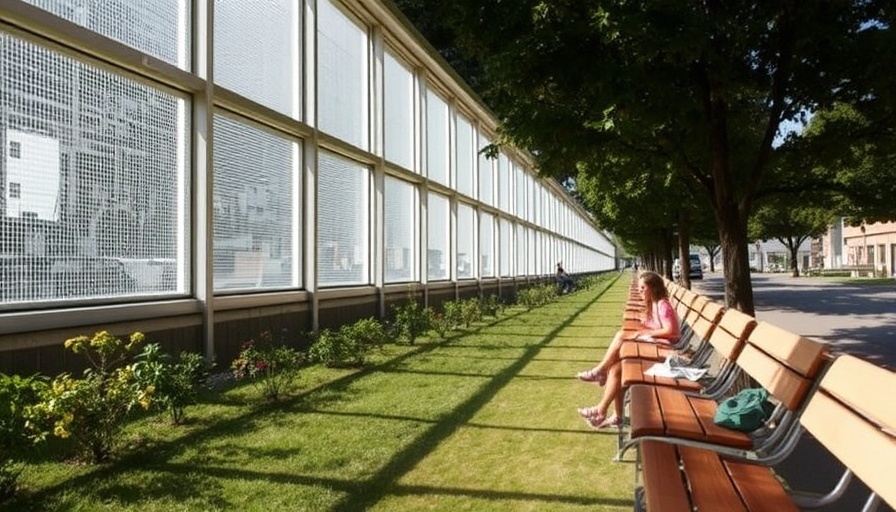
Trump Administration Faces Backlash Over FEMA Program Cuts
A significant lawsuit has emerged as 20 states band together against the Trump administration, challenging the abrupt closure of FEMA's Building Resilient Infrastructures and Communities (BRIC) program. This program, which has been a cornerstone in preparing communities for natural disasters, has been labeled as crucial for safeguarding lives and properties nationwide.
The Role of BRIC in Disaster Preparedness
The BRIC program, initiated in 2018, was designed to preemptively address the growing risks posed by natural disasters. By providing funding for infrastructure projects, BRIC has successfully mitigated potential disaster costs, saving communities over $150 billion, as noted in the lawsuit. In its lifetime, the program has funded approximately 2,000 mitigation projects across various states, helping communities fortify their defenses against environmental calamities. It has not only created a strong support system for disaster preparation but has also engaged local communities and governments, fostering teamwork and collaboration.
Ground Realities: The Impact on Communities
The repercussions of dismantling this program are far-reaching. As articulated in the lawsuit, many projects that have taken years to develop are now at risk of being delayed or even canceled. These projects represent significant investments in safety and preparedness, and without the necessary funding, many communities face increasing vulnerability. With recent debilitating floods in Texas underlining the urgency for sustained disaster preparedness efforts, the states argue that cutting the BRIC program isn’t merely a policy decision but a dangerous move that jeopardizes public safety.
Counterarguments: A Closer Look at the Administration's Rationale
The Trump administration describes the BRIC program as “wasteful” and “politicized.” While this stance may resonate with some fiscal conservatives advocating for reduced government spending, it overlooks the essential role of proactive measures in emergency management. Rather than simply reacting to disasters, investing in preventive strategies tends to cut long-term costs and save lives. Critics argue that dismantling such programs could lead to exponentially higher expenses down the line when disasters occur, essentially creating a false economy.
Looking Ahead: Potential Outcomes and Opportunities
This legal battle highlights an ongoing shift in disaster-related policies that can redefine how communities prepare for natural catastrophes. The future may see states seeking alternative funding sources to fill the void left by BRIC and push for a more decentralized approach to disaster preparedness. By fostering partnerships with private organizations or innovating local disaster readiness strategies, communities may find new ways to enhance their resilience. However, they will need supportive policies and consistent funding to see lasting improvements.
A Call for Community Engagement and Action
As the lawsuit unfolds, the importance of staying informed and engaged cannot be overstated. Local communities, homebuyers, and property investors keen on understanding the implications of federal policies on their safety and investments must voice their concerns. By actively participating in discussions about disaster preparedness and mitigation strategies, communities can push their local leaders to prioritize these initiatives, fostering an environment where both safety and sustainability thrive.
It’s essential for residents to demand transparency and accountability from government programs while advocating for sustainable practices in their communities. As we navigate through uncertain times, prioritizing robust disaster resilience strategies will be key for creating safe, thriving neighborhoods.
 Add Row
Add Row  Add
Add 





Write A Comment